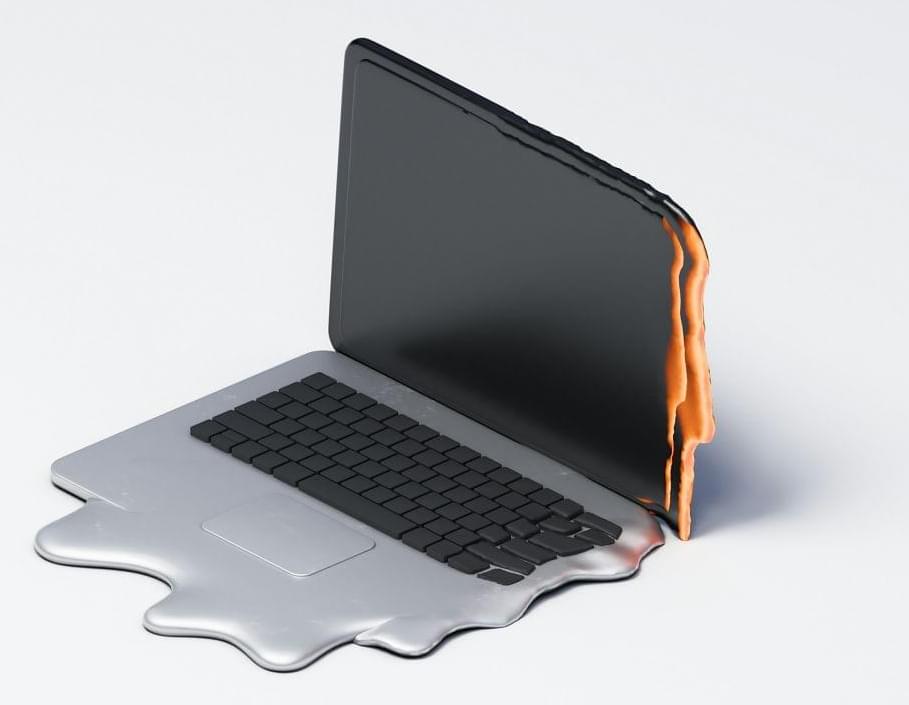I’m writing this from a laptop that’s stalling and refusing to switch between tabs because it’s gotten too warm in the early Indian summer. It’s not like I’m running a hectic workload of video and audio editing tools and multiple browsers at once: this old machine just can’t move heat away from the processor and other internals quickly enough.
That results in throttling, or reducing the clock speed at high temperatures, in order to prevent overheating and damage to the internal components. But a new finding from the University of Virginia School of Engineering and Applied Science could make that a thing of the past – with crystals.
When electronic components like the processor in your laptop are working at full tilt, they can get pretty hot. The same can be said for chips in a range of other devices, and even batteries in electric cars. Now, if these components are squashed into tight spaces, you’re going to see heat build up there and take a long time to dissipate.
